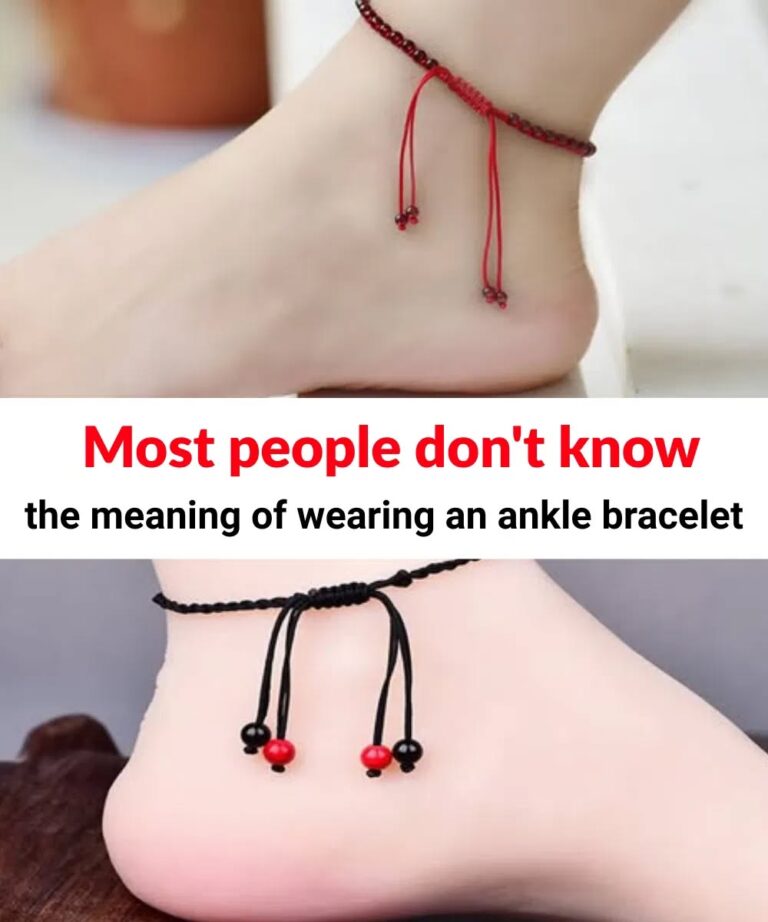Ankle bracelets, better known as anklets, may seem like a simple fashion trend today, but they’ve been around for thousands of years—and their story runs much deeper than summer style. These delicate pieces of jewelry have traveled through time and across cultures, each adding its own layer of meaning and tradition. Though modern wearers may choose anklets to add a touch of elegance or bohemian flair, the accessory has a fascinating past rooted in beauty, spirituality, and cultural identity. Let’s take a closer look at how anklets have evolved and why they continue to captivate us today.

Dating back to ancient times, anklets were worn by people from a wide range of civilizations. In ancient Egypt, for instance, anklets were far more than pretty adornments. Worn by both laborers and women of the common class, they were believed to serve protective purposes and bring good luck. Many of these anklets featured small bells or charms that would jingle as the wearer moved. This sound wasn’t just decorative—it was thought to ward off negative energy and even deter insects. In this way, anklets were seen as both functional and spiritual objects, blending practical use with deeper symbolic power.
In Indian culture, anklets hold even greater significance. Traditionally made of silver, they are an essential accessory for married women and often form part of a bride’s dowry. The gentle chime of anklets is thought to represent femininity, grace, and harmony within the household. During wedding ceremonies, anklets are not just decorative—they symbolize the bride’s new journey and the blessings that come with it. Far from being a casual accessory, anklets in India are embedded in religious and familial customs. They’re a living part of tradition, worn with pride and reverence.
Anklets also appear in Middle Eastern culture, particularly in the context of historical folklore such as One Thousand and One Nights. Their meaning has shifted depending on the time period and region. In some stories, anklets were linked to entertainers or dancers, and at times, to women in marginalized communities. While certain interpretations viewed anklets in a negative light, others celebrated the sensuality, creativity, and feminine strength they represented. These varying meanings reflect the complexity and diversity of cultural values throughout the Middle East.
In ancient Sumer and Rome, anklets took on yet another form—status symbols. Women of wealth and nobility wore luxurious anklets made of gold or silver, often decorated with precious stones. These weren’t just jewelry pieces; they were statements of power and class. Wearing such an anklet let others know you belonged to the upper echelons of society. The materials used and the intricacy of the design spoke volumes about a woman’s wealth and social standing. In this sense, anklets were a subtle but striking way to communicate influence.
Fast-forward to the present day, and anklets have become a fashionable staple—especially in warmer weather when bare legs, sandals, and beachwear come out to play. They are no longer tied to strict traditions or cultural expectations. Instead, anklets today symbolize personal expression, freedom, and fun. From simple, dainty chains to chunky beads or charm-laden designs, modern anklets come in endless variations. They allow wearers to showcase their personality—whether that’s minimalist, bohemian, edgy, or romantic.
One common question people still have is whether there’s a “correct” ankle to wear an anklet on—the left or the right. The truth? There’s no hard-and-fast rule. While some cultures may have traditional associations tied to one side (such as marital status or regional customs), in general, it’s entirely up to the wearer. You can choose the ankle that feels more comfortable or looks better with your outfit. It’s all about personal style and preference.
What’s perhaps most striking about anklets is how they’ve remained relevant throughout so many centuries and cultural shifts. From ancient talismans believed to offer protection, to symbols of marital status, wealth, or femininity, to today’s carefree fashion accessory—anklets have adapted while staying true to their roots. They remind us that jewelry can do more than just decorate; it can tell a story, carry meaning, and connect us to history.
Whether you’re wearing a gold anklet on the beach, a silver one at a wedding, or a charm bracelet that jingles with every step, you’re participating in a rich, global tradition. Anklets may be small, but they carry big meaning—a perfect blend of beauty, heritage, and individuality that continues to enchant generation after generation.





